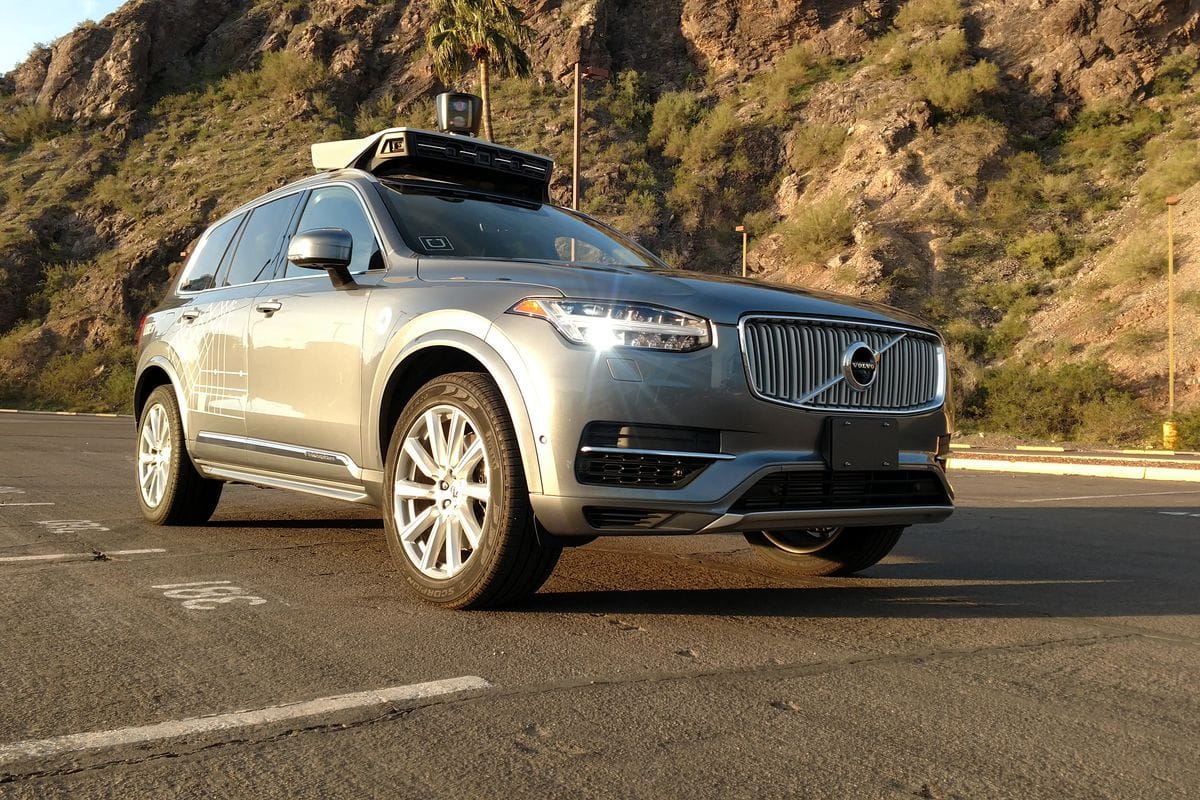What History Can Tell Us About the Future of the Driverless Car

Last March, a driverless car killed a woman walking her bike across a road in Tempe, Arizona. The car, operated by Uber, had a test driver behind the wheel, but she was looking down at her phone in the moments leading up to the impact. According to the National Transportation Safety Board, the car’s sensors detected Herzberg six seconds before the crash, but didn’t recognize her as a person. First, the car classified her as an “unknown object.” Then as another vehicle. Finally, as a bicycle.
Elaine Herzberg was struck by a full-size SUV traveling at nearly 40 mph, she died of her injuries.
We’ve been told that the self-driving car is just around the corner. The promise is that in just a few short years Silicon Valley will usher in the new American street and highway, a utopia of safe, efficient and fully-automated transportation. That’s the pitch.
In-fact autonomous vehicles and vehicles with autonomous features or modes are already here and society as a whole is playing the part of guinea pig. And there is good reason to be skeptical about where this is all going. The tech industry tends toward indifference bordering on contempt for safety and the status quo. In a piece for the New Yorker pioneering autonomous vehicle engineer Anthony Levandowski was quoted as saying:
The only thing that matters is the future. I don’t even know why we study history. It’s entertaining I guess, the dinosaurs and the Neanderthals and the industrial revolution and stuff like that but what already happened doesn’t really matter. You don’t need to know the history to build on what they made in technology. All that matters is tomorrow.
I’d point him to the famous word of George Santayana: ‘Those who do not remember the past are condemned to repeat it.’
The city of 1960, as presented in the 1940s, was a driving utopia where everyone would go everywhere by car without delay and find readily available, free parking when they got there. Few if any attempts to acknowledge possible negative ramifications of this future were ever made.
Today, we don’t have to think very hard about what the unintended consequences were. We live in a world of constant traffic and congestion, in which the ubiquitous vehicle has allowed sprawl to consume agricultural land to build suburbs. Highways have caused the economic decline of many downtown areas and highways have been built straight through minority communities and cities.
Today the driverless car companies are promising a congestion-free future with every additional benefit you can imagine. Freed of dense downtown traffic and parking shortages the curbside will be converted to green space and parking lots into parks.
It’s not hard, however, to imagine another scenario in which driverless cars make it possible for people to live even farther away. The suburbs expand into more rural areas. Natural and agricultural lands are further eaten up by happy commuters. The same unintended consequences that happened when we built the interstate highway system are multiplied heartily.
Turns out there’s a constant for this. Termed the Merchetti Constant, it says that the average time spent by a person for commuting each day is approximately one hour. Essentially, people will slowly adapt their lives to fit their commute. So if autonomous cars get you into the city to work faster and housing gets less costly with each outward mile, the problem will get worse, not better. Affordable housing being even further from city centers will have a profound effect on walkability and bike commuting.
When automobiles began crowding city streets in the 20s, the common response was to restrict the movement of cars to allow for free passage of streetcars, pedestrians, and bicycles. But to restrict cars is to slow them down. Not a huge selling point for car salesman. So the goal, quite explicitly, became to change what people thought streets were for. Thus, streets became almost exclusively the domain of the motor vehicle.
Just one standout element of that strategy was the concerted effort to ridicule people who dared walk in the streets the way people had done throughout most of history. They invented the term and crime of ‘jaywalking’ to ensure the street was used only for cars and that any pedestrian who dared enter it be seen not as the victim but as the criminal perpetrator. Nowadays, when a cyclist or pedestrian is hit the first thing you hear are excuses for the driver of the 2-ton metal box and condemnations of the party that was maimed or killed.
“They should have used a crosswalk.”
“Cyclists are always running lights and stop signs, no wonder they get hit.”
None of this was part of the vision for the future, but the impacts are profound. Most all reporting on Elaine Herzberg and her death made sure to mention she was not in a crosswalk.
As the autonomous vehicle promoters took to the airwaves and social media they began to explain to us the solution. We just need pedestrians and cyclists to follow the rules and defer to automobiles more. The implication, of course, being that if Herzberg had been a well-behaved pedestrian she might still be alive.
The comments may be well-intentioned but my how we’ve forgotten how much we have compelled everyone to conform to a system that assumes vehicles are the best way for everyone to get around. When you don’t know any history, you start to think this world we built around ourselves is a reflection of what we wanted and what was best. Not that it’s the result of a concerted effort to sell us and our governments on the notion that we have to build our world for cars. Now we appear poised to happily usher in vehicular dominance version 2.0.
Technology should offer us choices, but instead, it seems to often remove them. Autonomous vehicles should make it possible for one to go by vehicle, foot or bike without fear of physical harm or condemnation. I fear that idyllic future may be nothing more than an illusion.





